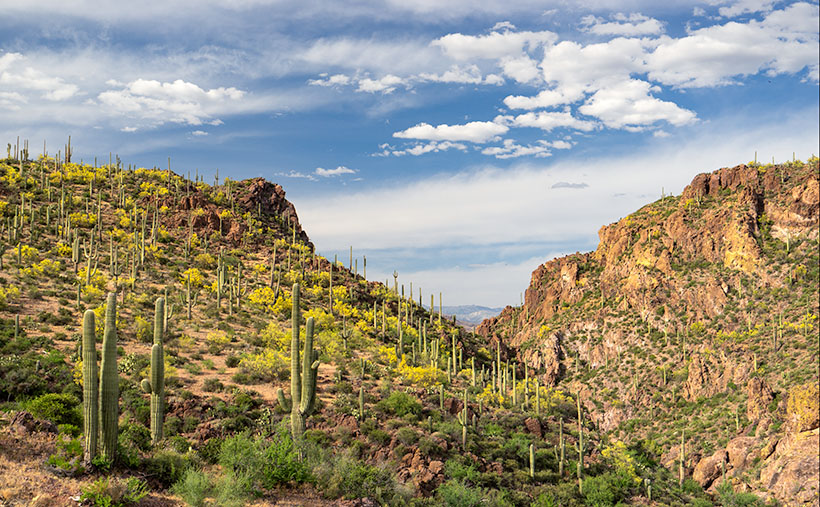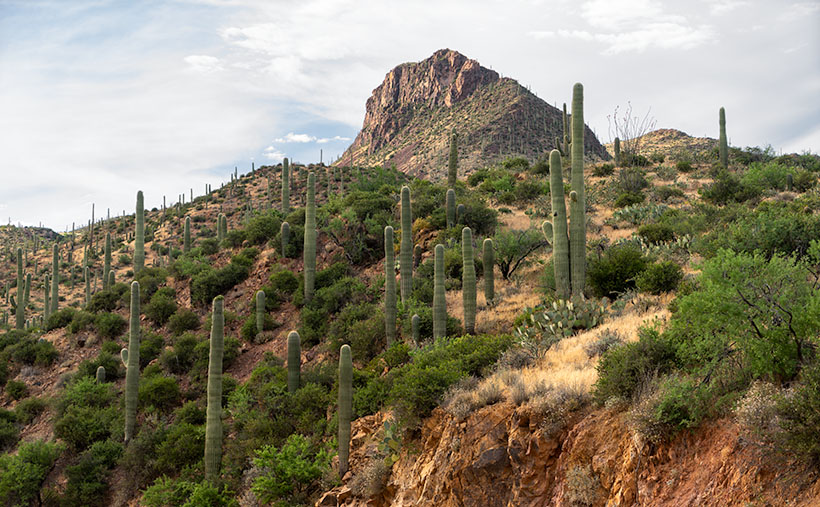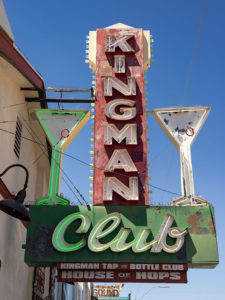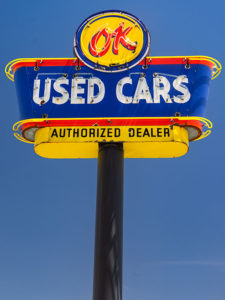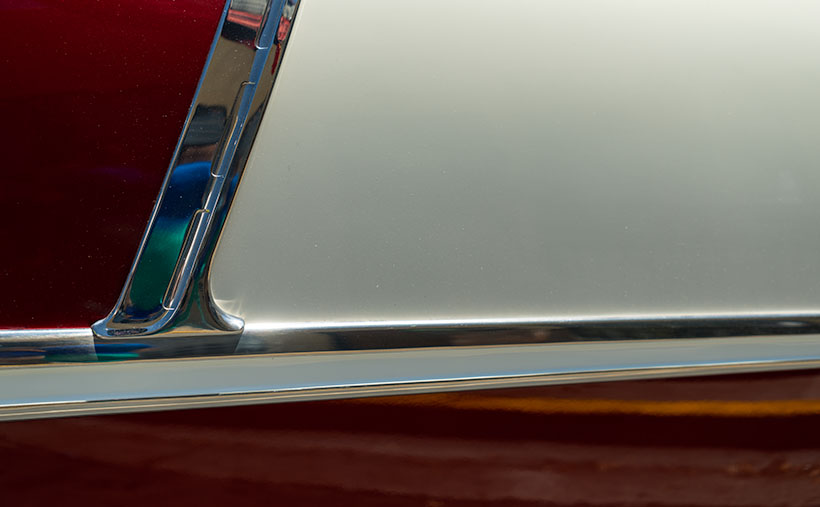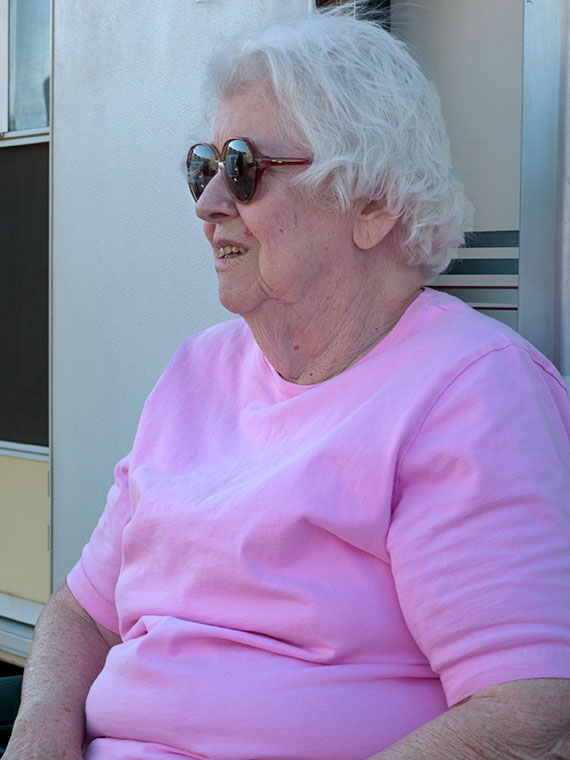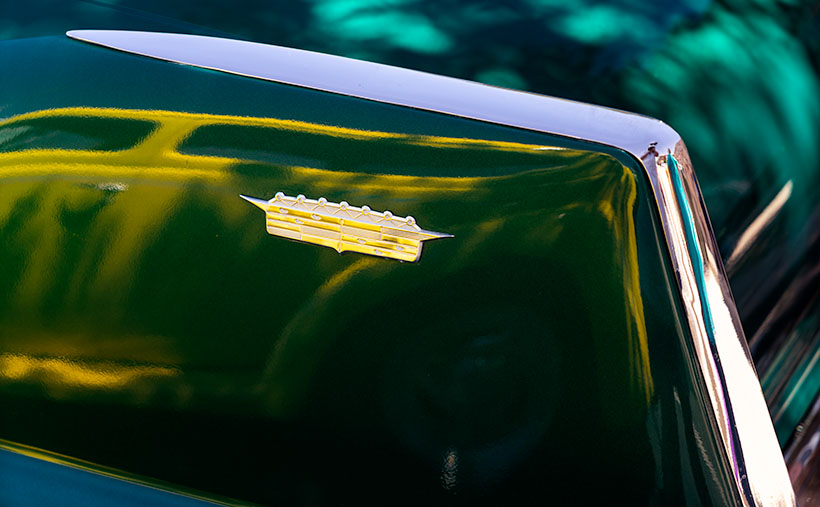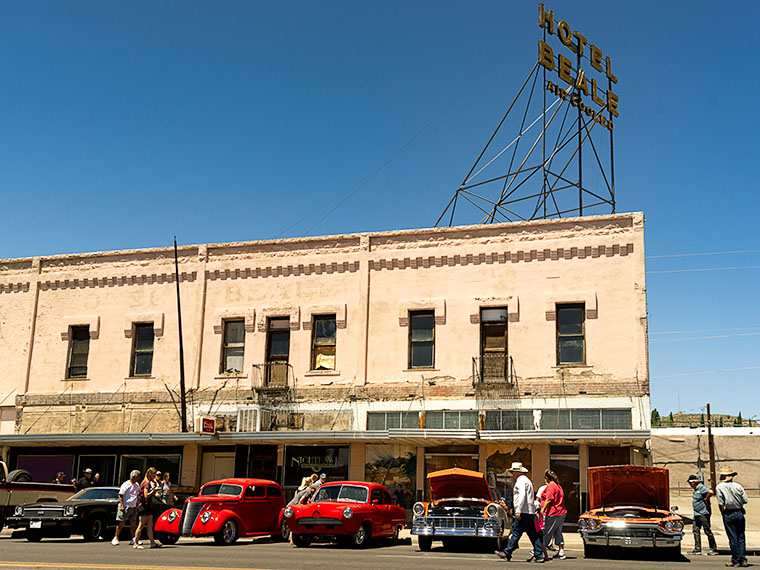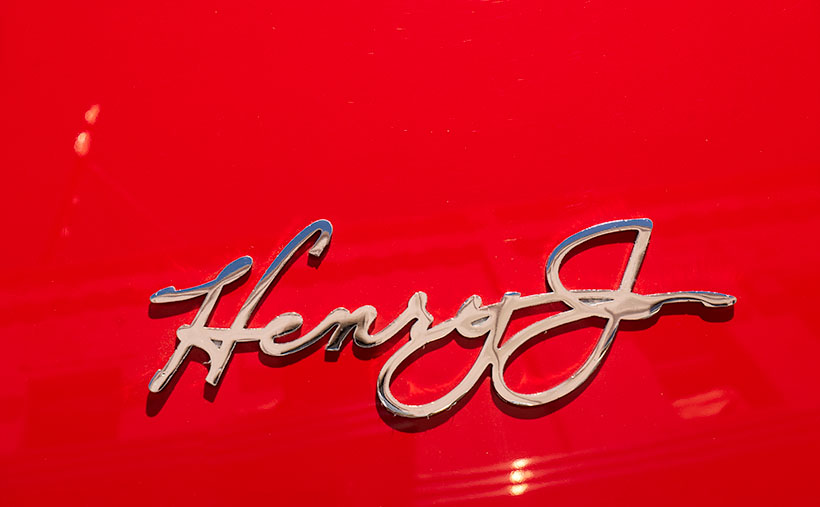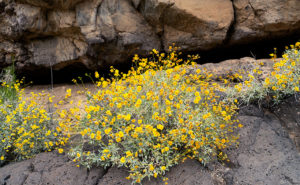Castle Hot Springs Road’s loop north of Arizona State Route 74 passes three small desert mountain ranges. Driving the road from west to east, first, we skirt the Wickenburg Range, which you can see out of the driver-side window. Shortly after that, the highway began to weave through the Buckhorn Range and past the picture stops, about which I wrote the last two weeks. Just around the bend from the AD Wash Gap, our back road climbs a sharp grade to a ridgeline—the highest point along our journey. There are great views once we reach the top, so a photography stop is imperative.
It was hard to decide where to look when I got out of the truck because there was so much to see. To the north are Castle Creek Basin, Sheep Mountains, and the Bradshaw’s on the distant horizon. This was the only image I took and brought home on my first visit. Of course, I shot with film then and was stingy about wasting it.
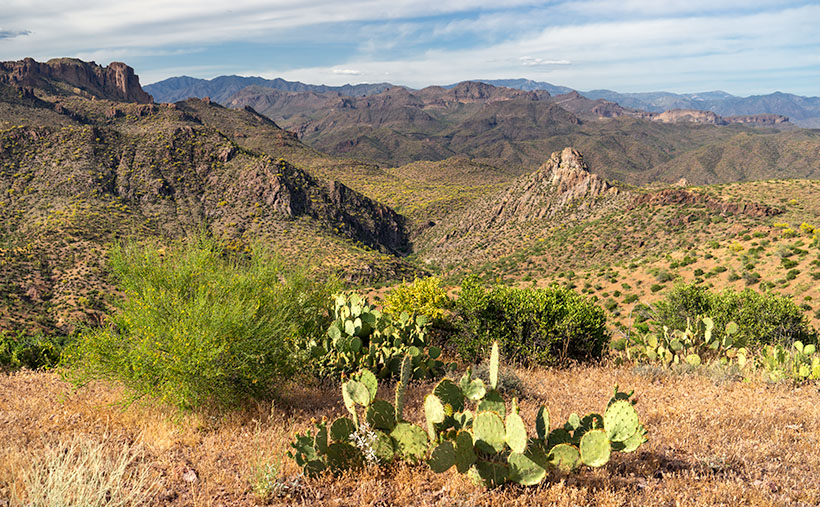
If you turn around and face south, however, you have a great view of Hells Canyon Wilderness and our third range of mountains—the Hieroglyphic Mountains. The Castle Hot Springs Road encircles the wilderness and even passes through a corner along its eastern flank. From this viewpoint, you can see into it and feel like you could reach out and touch it; you can’t get there from here (thanks again, Yogi). Because the wilderness area abuts private property on its north and east sides, you have to hike in on trails from the south or west. Here, there are signs clearly stating, “No Trespassing. No Hunting. No Hiking. Don’t even think about it.”
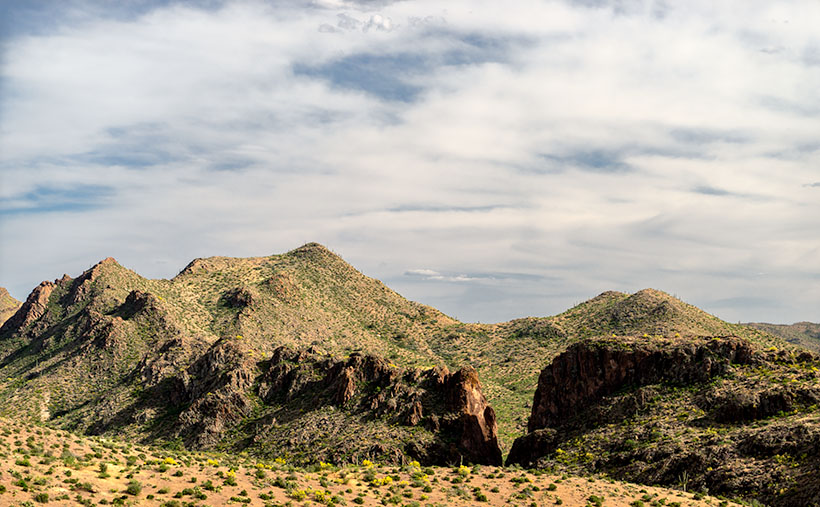
I took this week’s picture from this ridge, about halfway back down the hill, to avoid telephone lines. There are several 3000′ peaks in Hells Canyon Wilderness, Governor’s Peak, Garfias Mountain, and the one seen here—Hellgate Mountain. They surround a Burro Flat basin that provides solitude isolated from metropolitan Phoenix.
The gap in the basalt ridge is Big Hell’s Gate, which is the same Bitter Creek ground away we drove through two weeks ago. The creek flows through the gap, then off to the left, gouging another slot called Little Hells Gate. I’ve not been fortunate enough to have seen or photographed it, but maybe someday. As they say in car racing, “As long as there’s movement, there’s hope.
Click here to see a larger version of Big Hells Gate on its Web Page. Be sure to return next week when we see another beautiful stop I made on my Castle Hot Spring Road outing.
Until next time — jw

